Introduction: Exploring the realms of human creativity and AI
Art has long been regarded as a distinctive expression of human creativity. The ability to envision, create, and communicate through various art forms has been a defining characteristic of our species. However, with the advent of artificial intelligence (AI), there has been a significant shift in the creative landscape. AI algorithms and technologies are now capable of producing artworks, music compositions, and even writing pieces. This begs the question: Who holds the artistic advantage, humans or AI?
The Evolution of AI in the Creative Field
AI has made remarkable strides in the creative field, enabling machines to mimic and replicate artistic styles. From deep learning algorithms that generate paintings reminiscent of famous artists to music composition software that produces symphonies, AI has become a valuable tool for artists and creators. These advantage have sparked both excitement and skepticism within the artistic community.
The Power of Human Creativity
Human creativity is a multifaceted phenomenon that encompasses imagination, emotion, and critical thinking. It is the driving force behind the originality and uniqueness found in art. Human artists possess the ability to draw from personal experiences, emotions, and societal contexts to create something truly exceptional. The human touch, with its imperfections and nuances, adds depth and authenticity to artistic endeavors.
AI as a Tool for Enhancing Artistic Expression
While AI may not possess the same emotional depth as humans, it can augment the creative process in various ways. AI algorithms can analyze vast amounts of data, recognize patterns, and generate ideas that may inspire human artists. AI tools can assist in generating preliminary sketches, composing melodies, or even suggesting color palettes. By automating certain aspects of the creative process, artists can explore new possibilities and push the boundaries of their art.
The Intersection of Human Creativity and AI
The convergence of human creativity and AI has given rise to exciting collaborations. Artists and technologists are experimenting with AI-driven tools to explore new forms of artistic expression. These collaborations often result in hybrid artworks where human creativity and AI algorithms intertwine, creating a unique fusion of human ingenuity and machine-generated aesthetics.
The Limitations of AI in Artistic Endeavors
While AI can replicate artistic styles, it often lacks the depth and originality that stem from human experiences and emotions. AI-generated artworks may impress with their technical precision but can fall short in evoking the same emotional response as a piece created by a human artist. The element of surprise, serendipity, and the ability to transcend conventional boundaries are unique to human creativity and cannot be replicated by AI.
The Emotional and Contextual Elements of Human Creativity
Art is deeply rooted in human emotions and holds a distinct advantage in conveying complex messages. Artists draw inspiration from personal experiences, cultural contexts, and the socio-political climate, giving them a unique advantage in expressing emotions in a profound and relatable manner. This advantage allows artists to forge connections between the artwork and its audience, creating a profound and personal resonance. The emotional and contextual elements present in human-created art provide an advantage in creating a rich tapestry of meaning that deeply resonates with individuals.
The Role of AI in Artistic Innovation
AI’s role in artistic innovation lies in its ability to facilitate exploration and experimentation. By harnessing AI’s computational power, artists can explore new techniques, styles, and artistic concepts that might have been otherwise uncharted territory. AI can generate novel ideas, push the boundaries of traditional art forms, and challenge existing notions of creativity. It serves as a catalyst for artistic innovation, allowing artists to break free from creative constraints and embark on new artistic journeys.
Ethical Considerations in AI-generated Art
The rise of AI-generated art raises ethical questions surrounding authorship, authenticity, and the commercial value of artworks. As AI becomes increasingly capable of producing indistinguishable replicas of human-created art, issues of intellectual property and originality arise. Additionally, the question of whether AI-generated art can truly be considered “art” remains a topic of debate. Ethical frameworks need to be established to navigate the complexities of AI-generated art and ensure fair recognition and compensation for human creators.
Conclusion
In the ongoing debate between human creativity and AI, it is essential to recognize the unique strengths of each. Human creativity encompasses the depth of emotions, contextual understanding, and the ability to forge meaningful connections through art. AI, on the other hand, offers new possibilities, assists in the creative process, and drives artistic innovation. Rather than viewing AI as a threat, embracing its potential as a tool can lead to exciting collaborations and new avenues of artistic exploration.
FAQs
Q1: Can AI completely replace human artists? AI cannot replace human artists entirely. While it can mimic artistic styles and generate art, it lacks the emotional depth and contextual understanding that human artists bring to their creations. AI is best viewed as a tool for enhancing artistic expression.
Q2: How can AI benefit artists? AI can benefit artists by providing new avenues for creativity, assisting in the creative process, and facilitating artistic innovation. AI algorithms can generate ideas, suggest compositions, and automate certain aspects of the artistic workflow.
Q3: Does AI-generated art have value? AI-generated art raises questions about the value and authenticity of artworks. While some appreciate the technical precision of AI-generated pieces, others argue that the emotional and humanistic elements are crucial for a meaningful artistic experience.
Q4: Are there any ethical concerns with AI-generated art? Ethical concerns surrounding AI-generated art revolve around issues of authorship, intellectual property, and fair recognition for human creators. Establishing ethical frameworks and guidelines is crucial to address these concerns.
Q5: How can artists and AI collaborate? Artists and AI can collaborate by using AI as a tool for inspiration, exploration, and pushing the boundaries of artistic expression. The collaboration between human creativity and AI algorithms can lead to innovative and unique artworks.



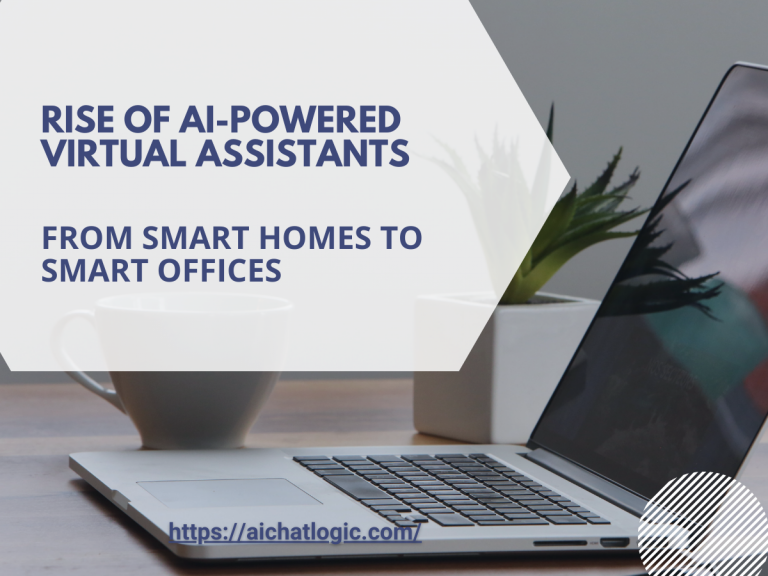
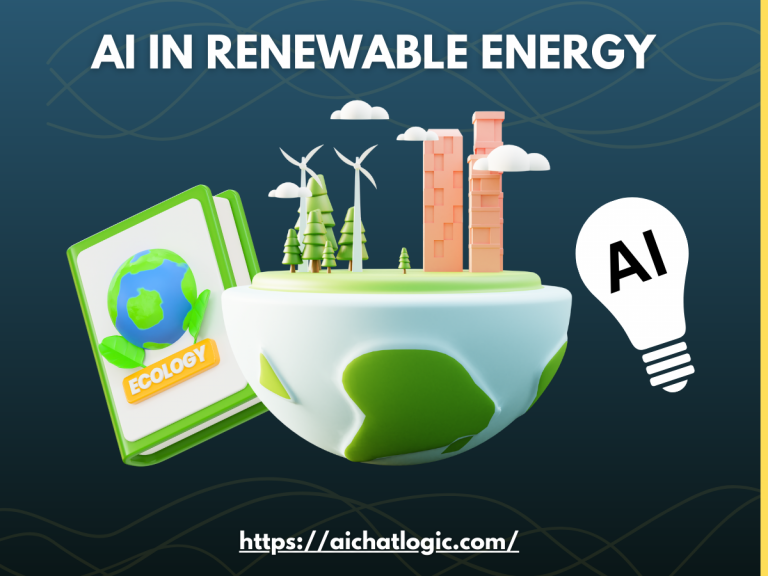



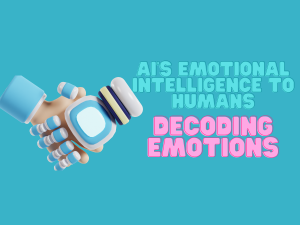
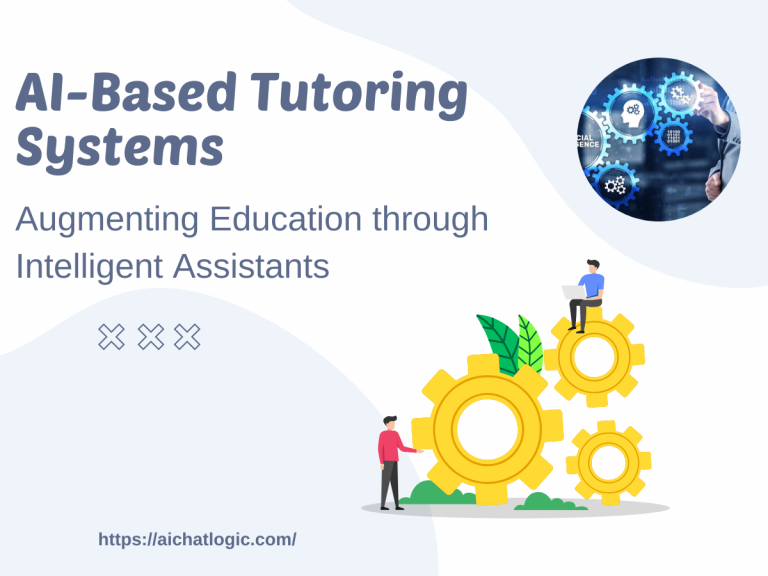
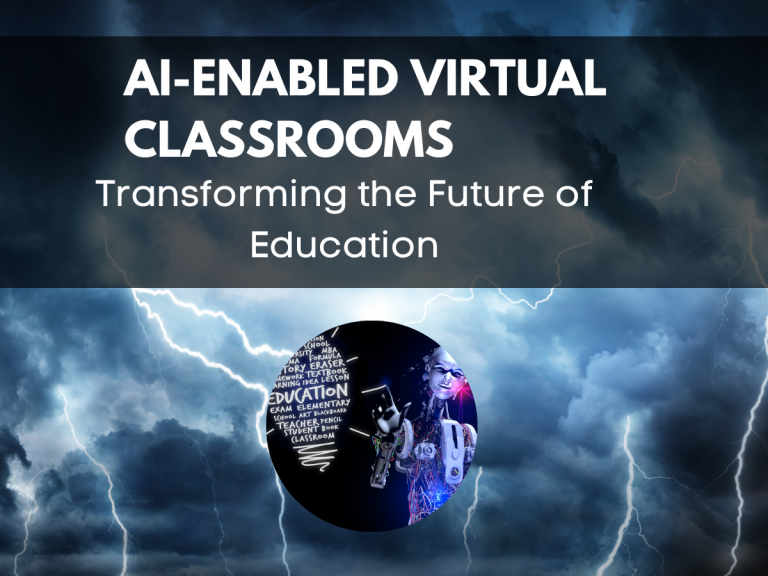

+ There are no comments
Add yours